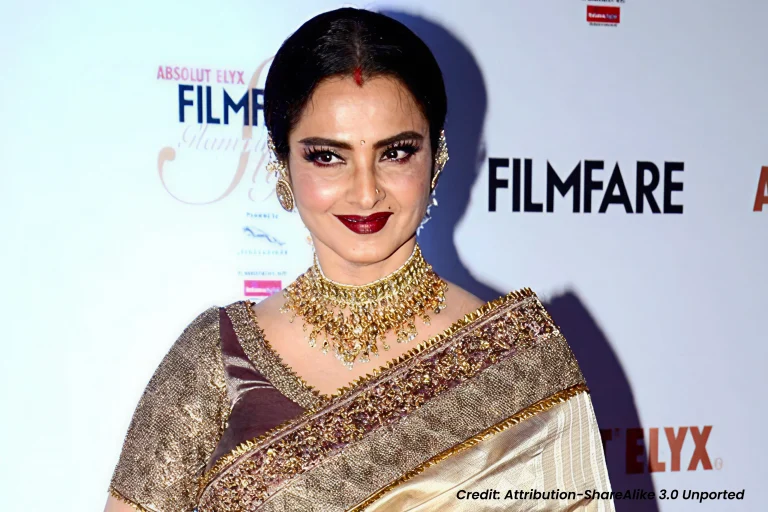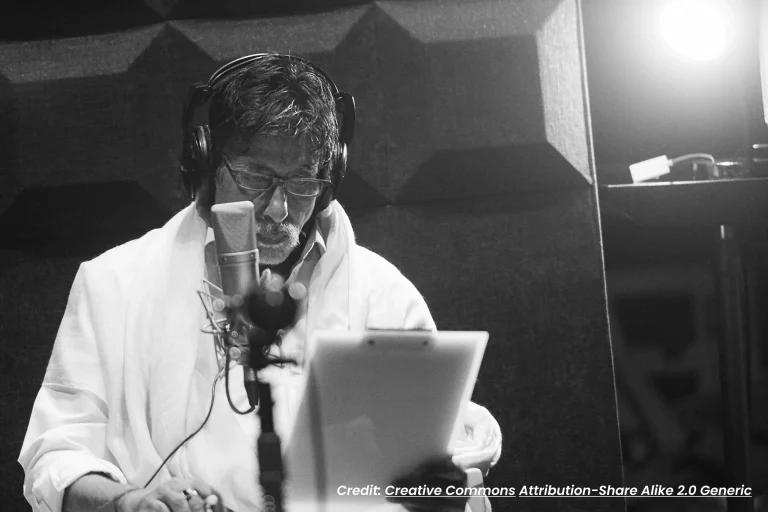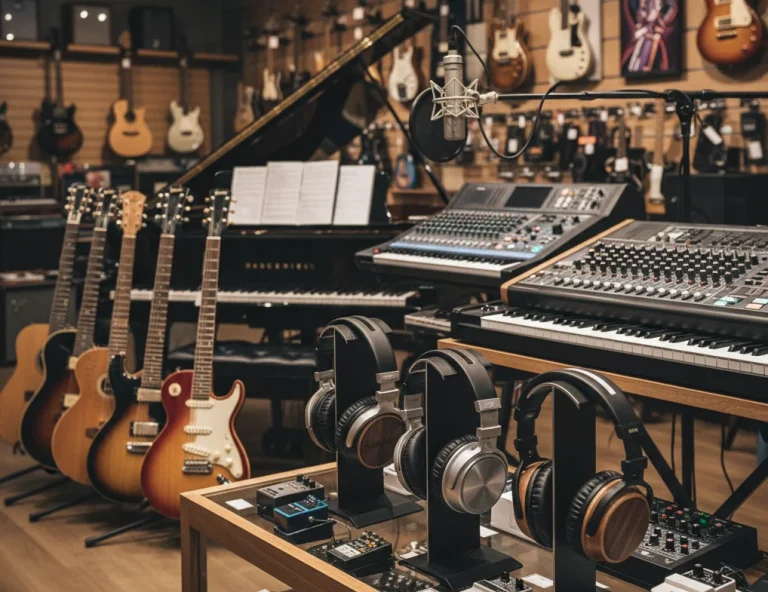All Topics
- Alchemizing Music Concepts for Students
- Artist Spotlight
- artium gift card
- Artium Maestros
- Artium News
- buying guide
- Carnatic Music
- Devotional Music
- Editorials by Ananth Vaidyanathan
- Film Music
- Guitar
- Hindustani Classical Music
- Indian Classical Music
- Indian Folk Music
- Insights
- Instruments
- Karaoke Singing
- Keyboard
- Kids Music
- maestros
- Music Education
- Music for Kids
- Music Industry
- Music Instruments
- Music Legends
- Music Theory
- Music Therapy
- Piano
- piano guide
- Success Stories
- Tamil Film Music
- Telugu Film Music
- Time Theory
- Tools
- Uncategorized
- Vocal Singing
- Vocals
- western classical music
- western music
- Western vocal music
Alchemizing Music Concepts for Students
Understanding Chhanda, Theka, Tala, and the Drums of India
Understanding Chhanda, Theka, Tala, and the Drums of India
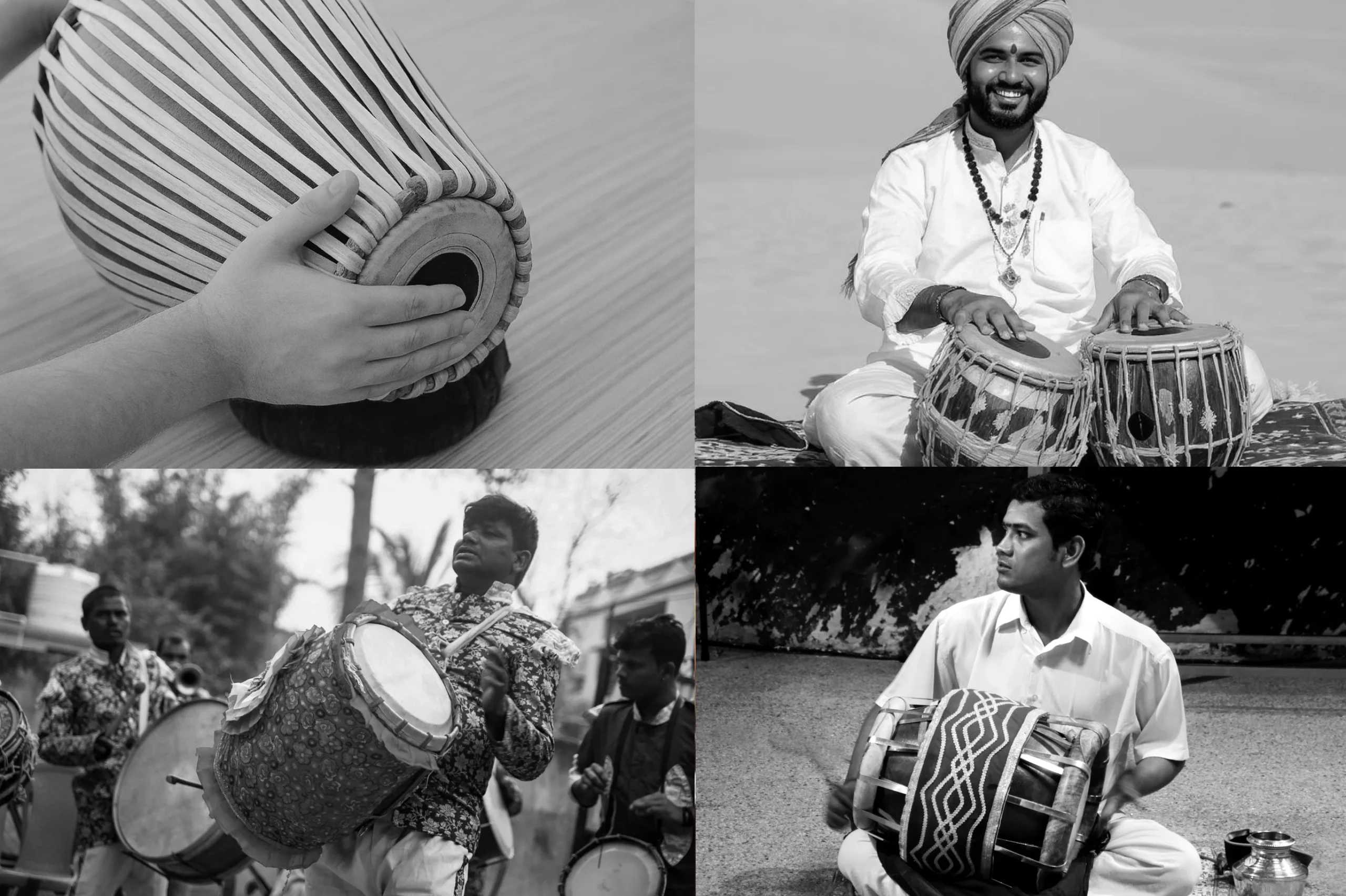
Table of Contents
The evolution of rhythm and percussion in India has brought it to a point of crystallization that is unparalleled in the international realm of popular or art music.
It is essential for a student or music lover to understand the logic behind which the philosophy, structures, grammar, improvisation, and aesthetics of Indian rhythm and percussion have grown.
The soul of Indian Tala cannot be understood or learned merely from the knowledge or skill development perspective – as information or technique acquisition. To comprehend the logic of the Indian rhythmic superstructure, internalize it, and grow as a musician or a music lover, one has to understand and develop an intensely personal experience of rhythm, rhythmic patterns, cycles, grooves, melodic behavior, pulse, and aesthetics.
This article is an attempt to explore Indian rhythmic thought from the root. It traces the essential paths along which it evolved from folk roots into the revered and complex Tala systems and performance practices of Indian music today.
I have included several links to performances on YouTube, which will illustrate various concepts. The reader must view each link, not only to get an experience of the concepts, but also to be able to savour the genius of our musical megastars with greater insight. Happy listening!
India – The Seat of Rhythmic Genius
Indian Music stands virtually head and shoulders above any other system on the planet in terms of:
- Evolution and crystallization of rhythmic thought,
- The complex mathematics in rhythmic composition and improvisation, and
- The unique language of percussion.
India is the sole creator of percussion language. The sounds of drums have been simulated in vocal syllables that can be recited like text! Concerts of solo classical percussion, and percussion accompaniment to classical dance forms like Bharatanatyam, Kathak, Kuchipudi, Odissi, and Mohiniattam are as much verbal/vocal as instrumental.
Listen to a short video of Ustad Zakir Hussain on the Tabla reciting the syllables and playing them on the tabla.
Now, a video recording of the Pakhawaj of Ganesh Paran. Percussion compositions have further explored the similarity of percussion syllables with language syllables and have woven text into percussion compositions, too.
Now let us hear verbal percussion in Bharatanatyam. This is called the art of Nattuvangam. It is my pleasure to share this unique recording with you, of one of the greatest dancers of Indian history – Smt. T. Balasaraswati. This Varnam was part of a film made on her by none other than Satyajit Ray. The danseuse was in her late fifties when this was filmed. Just experience the precision of her body movements and how the mridangam, nattuvangam, her movements, and the sounds of her anklets come together as one.
Finally, a beautiful Kathak performance by Tanmoyee Chakraborty.
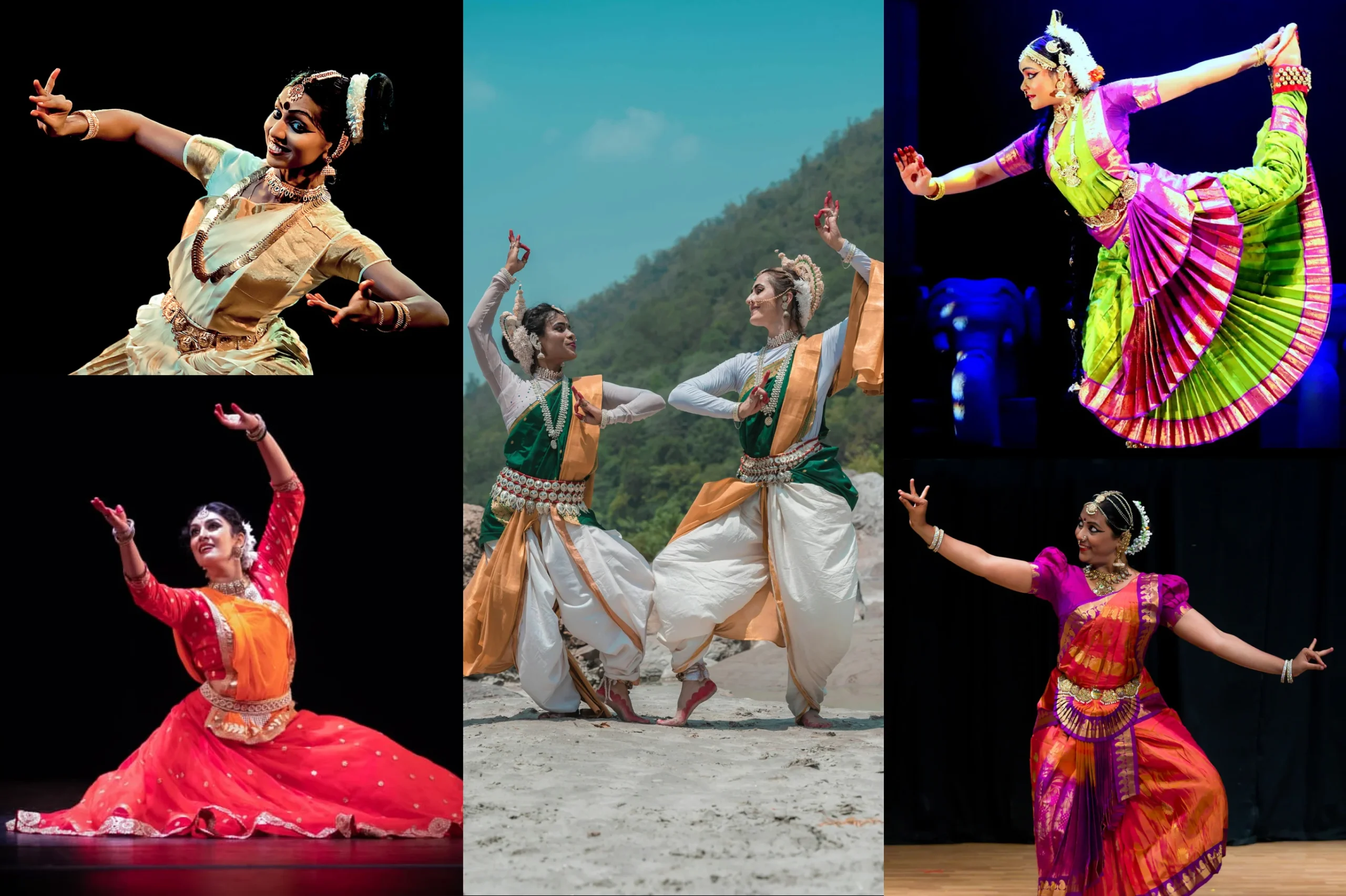
Rhythm and Rhythmic Patterns – Numbers, Cycles, Metre and Chhanda
Let us start with understanding rhythm and rhythmic patterns.
What is rhythm? Rhythm is a phenomenon where an event recurs at regular intervals.
The sound of the clock is rhythmic, the hooves of a horse on asphalt are rhythmic, heartbeats are rhythmic, the sun rises and sets in rhythm, the seasons are rhythmic, as are the movements of the heavenly bodies. Animals have a rhythmic sense. Rhythm is a part of nature and our subconscious. We don’t have to learn rhythm; it is part of our DNA.
If the speed or tempo of the occurrences changes, or keeps gradually changing, technically, the intervals are no longer regular. But we still get a sense of rhythm. Speed or tempo is referred to as ‘Laya’ in India, a Sanskrit word that has come to be used in all Indian languages, including Tamil which is believed to have an origin independent of Sanskrit.
The Nuclei of Tala – Rhythm and Numbers
The next concept we need to recognize is our natural relationship with numbers. From primordial times, man has developed a sense, need, and a system of counting. It is our nature, although we learn it as part of education. The human sense of numbers will help us understand the evolution of rhythmic patterns.
A rhythmic pattern is a repetition of two or more closely clustered events that, in turn, are at precise intervals.
The most familiar rhythmic patterns are the systolic and diastolic patterns of our heartbeats, and the tick-tock of a grandfather clock.
Rhythm and Numbers in Literature – Chhanda
A pattern is formed by a set of multiple rhythmic events (in time) only if the events (the sounds) are of distinguishable character. And this pattern is also called a metre. One finds metres in poetry and Indian literature. They are called Chhanda-s.
We will discuss the chhanda-s of literature in another article. In language, there are two broad ways of creating meters – by accents (hard and soft) and by sequencing long and short syllables. Sanskrit chants are patterned on the basis of repetitive sequences of long and short syllables.
Yet, in recitation, the hard/soft accenting becomes inevitable. Let us listen to Vishnu Sahasranamam chanted by Bharat Ratna M. S. Subbulakshmi. Notice how the chants are set to a rhythmic pattern (in this text largely Anushtup Chhanda).
At some point in human evolution, thought evolved into language. Thought precedes language, as we can see in every child. It is believed that musical realization, or the recognition of notes, ran parallel to the evolution of language. Some believe that music preceded language.
Once language evolved, matured, and became a canvas for creativity, man’s sense of numbers and rhyming led to the germination of poetry, which was not seen as distinct from song. To date, in Mushairas and Kavi Sammelans, i.e., soirees of poets, poems are presented by poets as songs, some not very much in tune, but with perfect metre.
India particularly had such a penchant for poetry and song that the entire body of ancient literature—ranging from liturgy, philosophy, medicine, astronomy, astrology, theatre, and dance—has been expressed in poetic form.
The crystalline literature in Sanskrit, Tamil, Prakrit, and other languages has survived through a strict oral training system backed by a documentation system. But most of the vast literature of life that householders, elders, teachers, creative individuals, and thought leaders in ancient societies would have composed, capturing knowledge, wisdom, insights, advice, and admonitions for the purpose of grooming youngsters and advising future generations, naturally keeps disappearing with the passage of time.
However, the glorious phenomenon of the chants of India reveals that song composition, music, rhythm, metre, and rhyme are very ancient Indian sensibilities.
Tala – The Device for Keeping Count and Time
Now, let us search for a simple idea of what Tala is. Swaying to the rhythm of a song is something even a one-year-old child does. So, ‘keeping time’ with the claps of the hands is perhaps the most ancient and rudimentary expression of Tala in man.
In concerts or private soirees, listeners sometimes clap hands in sync with the rhythm of the song. This simple and almost instinctive ‘keeping to the beat’ in the song, or with the regular accents in rhythm accompaniment, is an expression of our Tala instinct.
The Language of Indian Percussion and Theka – The Groove
The root of Indian rhythmic sensibility starts with drum accompaniment to song – the typical groove of Indian percussion instruments called ‘Theka’. Listen to the very popular Theka that is very suitable for devotional music. Each Theka has a particular ‘feel’.
In Western Music, all grooves that you hear on percussion instruments, on rhythm and bass guitars, or a piano as accompaniment to songs are rhythmic patterns.
In India, the groove was the Theka – played on percussion instruments that were largely drums with animal skins stretched on one or both sides to create a drumming surface. The specialty of Indian drums is that the drum sounds undulate and swing from one beat to the next by pressing on the drum surfaces to create frequency variations.
This technique allows for the creation of a number of sounds from instruments that have come to be simulated in verbal sounds in classical percussion – dha, dhin, ghe, ti, ra, ti, ta etc. These individual sounds cluster together to give patterns like tirakita, dhirakita, to name a few. So, it’s like syllables forming words, words weaving into sentences, and sentences weaving into oratory.
We are lucky to have access to a rare recording of Bharat Ratna Pt. Ravi Shankar, giving a lecture demonstration in the West way back in the 1960s. In this, Ustad Allah Rakha demonstrates a variety of aspects of percussion, including:
- The undulations on the left drum surface
- The percussion phonemes and syllables, along with their verbal correlates
- How the syllables weave into phrases and an essay.
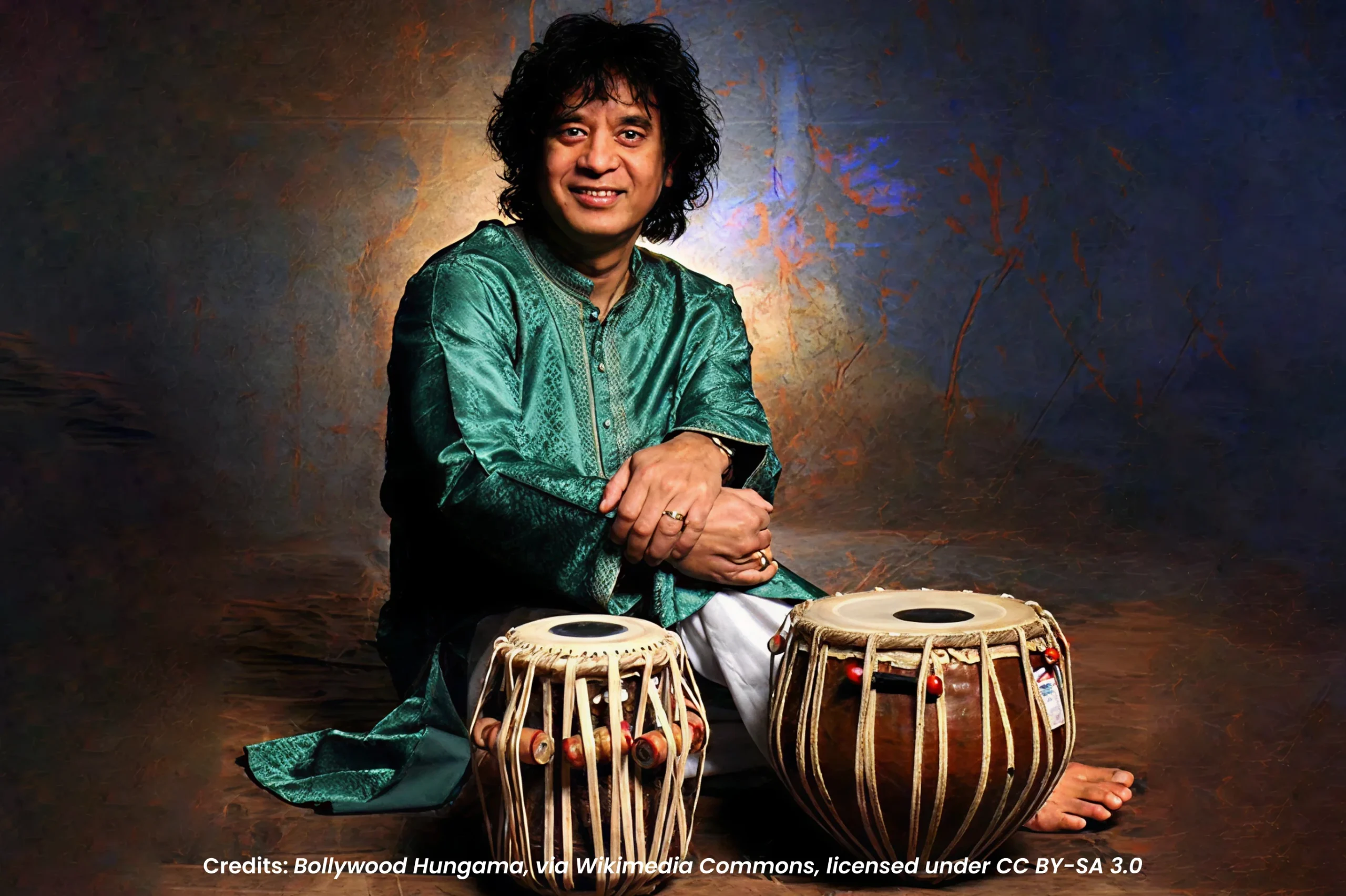
Listen now to a short and then a full-fledged percussion concerto by the celebrated Ustad Zakir Hussain on the tabla – an artist who brought Indian drums, percussion, and the tabla to the international center stage. His tabla literally spoke, cooed, and sang – sometimes coquettishly, mischievously, sometimes with gravitas and grandeur.
Theka
But let’s get back to our groove – the Theka. Many of us would have seen how, in an informal musical soiree amongst friends, a person volunteers to accompany the song on the seat of a stool, or even a small table or an inverted plastic bucket! The song doesn’t feel complete without this groove, which is how it was from ancient times.
The groove does two things – it gives us the rhythmic pulse that is vital to make the song vibrant. It also helps keep the singer in rhythm; it acts as the time-keeper. When one understands these two root functions of rhythmic accompaniment to music, one will understand the entire monolith of Indian tala systems. We will also get an understanding of Tala-s, percussion instruments, percussion language, percussion accompaniment, and solo – everything there is to know about Indian rhythms.
From Theka to Tala – A Journey of Rarefaction and Discovery
A critical point to notice is that when a pattern is repeated, the groove CYCLES BACK to the first sound of the pattern. AND HERE LIES THE ROOT OF THE CONCEPT OF TALA.
ANY TALA IS A RHYTHMIC CYCLE INTO WHICH THE LINES OF A SONG CAN FIT. THE REPETITION OF EACH CYCLE IS CALLED AN AVARTHAN.
Various tala-s are composed (or evolve from theka-s) with different numbers of units. These units are called Matra-s in the Hindustani System. In the Carnatic system, the term kriya-s (actions) would be appropriate but has gone out of currency and has been replaced by ‘beats’ or simply ‘units’ in current day informal terminology.
Sometimes the term ‘askhara-s’ is used to denote units of Tala, which I feel is erroneous. Akshara (literally alphabets) ideally denotes subdivisions within units, which can be of different numbers – 3, 4, 5, 7 and 9. These will be discussed in detail under the Carnatic Tala System. Terminology grows through a lot of give and take between the streams of formal grammatization and the oral tradition which tends to informally devise terms that come into currency. So terminology can often confuse, but that is perfectly fine. A separate discussion on this could be interesting.
Let us look at the root of how Theka evolved into Tala. Let’s listen to a folk song from Chhattisgarh in Central India. This will give us a view of how the groove—the theka—plays its part as a rhythmic foil to the pulse within the song.
Now listen to a popular folk song that has been absorbed into light classical music – Rangi Sari Gulabi Chunariya. In this performance, the Dadra Theka of 6-beats serves as a typical groove. But it also enables the artist to indulge in flights of fancy beyond the script of the song.
The Theka keeps everything together – the accompanying artists, the co-singers, and the singer’s small improvisations. However, the pulsating quality of the song and the Theka resonate with each other to give us a composite experience.
Now listen to a slower performance of the same number. Here, the Theka starts losing its pulsating quality to serve just as a foil, and begins to serve more as a time keeper for the more elaborate improvisations of the singer. Dadra Theka transforms into Dadra Tala. The singer, the famed Thumri exponent, Smt. Shobha Gurtu, exhibits her ability to melodically improvise, departing from adherence to the Theka (Tala), and returning to it at pre-determined points. (In Hindustani Music, this point is the ‘Sam’, the first unit of the Tala, and in Carnatic Music, this point is the ‘Eduppu’, the point where the first syllable of the line, which is being improvised upon, begins in the original compositional structure.)
Next – a number by the Queen of Ghazal, Begum Akhtar, in the same Theka but at a very slow pace. The Theka almost completely loses the pulsating quality and takes on almost entirely the role of keeping track of the units of the cycle. The synchronization of the melodic improvisation with the rhythmic cycle now becomes even more challenging. This compositional form, which is set to Dadra Tala, is called a Dadra. Dadra-s can be set to Keherwa Tala of 8 matra-s also.
Now listen to the same composition by Smt. Kishori Amonkar. This artist has further reduced the tempo of the rendition, and one can hardly make out the original pulse of the Theka. The artiste, renowned for her incredible, slow-paced creative improvisation, has demonstrated how the Theka now completely plays the role of a Tala. The artist’s melodic improvisation comes across as free-flowing and non-rhythmic, but that is not so. She is in sync with the flow of the slow Theka in a manner that will take either guided listening or actual training to be able to appreciate.
How did this Evolution of Tala from Theka Happen?
Well, there are no historical records of this process that I know of. Still, a bit of commonsensical analysis will not only give us the possible reason but also give us valuable insights into our personal relationship with music and rhythm as students of music or as passionate music lovers.
The evolution of music happened along many dimensions – e.g. the expansion of possibilities in consonance that led to polyphony on one hand, leading to the grand symphonies, and Raga on the melodic side.
One of the paths of exploration is the reduction of the tempo of any musical idea, which enables the exploring mind to rarefy the integrity of any piece and discover depth in it. (Rarefication is the process of stretching something across space or time to make it finer, more delicate, like stretching opaque material till it becomes translucent.) This is the root of how the extremely slow Vilambit Khayal and Nom Tom Alaap evolved. It is also the root of the extremely slow movements in Symphonies, which require a lot of culturing in the idiom for a listener to appreciate.
Through rarefication emerged a second aspect which further powered the evolution of Tala – the oceanic realm of rhythmic mathematics, which is called Layakari in Hindustani Music. With the evolution of ‘keeping time’ moving from the pulse of repetitive rhythmic patterns (Theka) to an extended cycle delineated by actions of the hands (Tala), keeping track of the lengths of cycles evolved from the instinctive level more towards conceptual level. Simply put, keeping count became a more conscious craft , and this opened the door for conscious arithmetical computations within cycles. In other words the power of creativity and improvisation could enable the Indian musical mind to savour the excitement of departing from the confines of the cyclic canvas and returning to it with mathematical sense, planning, complexity and precision, rather than instinctual sense. Simple departures and resolutions (that we could witness in Mythili Thakur’s performance) evolved over generations into complex possibilities that caused larger tala cycles like the obsolete Simhanandana Tala of 108 units to evolve. Keeping track of the Tala in improvisation emerged as a central aspect of aesthetics. Creating and timing improvisational passages within strict durations in the Tala cycle became basic creative feats.
This is the edifice of rhythmic play in Indian Classical Music. Improvisation within the rhythmic cycle can be essentially melodic, or an amalgam of melodic and rhythmic thought. Within the latter, complex arithmetic has come to play a significant part – in the form of tihai-s, chakradhar tihai-s, (Hindustani system) teermanam-s, korvai-s and mohra-s (Carnatic system). Essentially these are improvised passages that are repeated thrice, and timed and spaced out so precisely that the return to the original tala arrangement as composed, is bang on. These will be dealt at length in subsequent articles.
Carnatic Music particularly has taken the aesthetics of Thalam (Tala) to a unique level. In all the earlier examples of Shobha Gurtu, Begum Akhtar and Kishori Amonkar that we heard, the improvisation was almost non rhythmic. Carnatic Music melodic improvisation within the Tala structure is always rhythmic. (Non rhythmic melodic improvisation happens in Alapana and Viruttam – as we shall see in a later article.)
Listen now to Kalpana Swaram. A set of Carnatic musicians are ‘jamming together’ perhaps as part of a Seminar, creating improvisational passages in Swarams, in Adi Thalam of 8 units. Each artist creates an idea and then picks up the line of the composition at the exact place in the original composition. The line starts at a distance of ‘3/4th of one unit’ from the first beat of the Thalam. Notice how the Tala becomes the playing ground for calculations of lengths of improvisational ideas to be able to complete an idea effectively and pick up the line – a central aspect of improvisational aesthetics in Indian Classical Music.
Now let us understand how the Carnatic music performers in this video were keeping Tala with their hands.
The Building Blocks of Tala-s
How do performers keep track of the flow of a tala? By a variety of actions of the hand. In the times when Simhanandana tala was prevalent, a variety of hand actions were in practice.
Now, through waves of simplification (also a natural process in the history of any art where excessive intellectualism gets edged out by simpler performance practices with wider appeal to the heart than the intellect), today just 3 categories of actions survive between the Hindustani and Carnatic systems:
- A beat on the right thigh (or left palm) with the right palm,
- A wave into the air or a beat with the back of the right hand on the thigh (or left palm), and
- Counting fingers from the little finger onwards. We shall see these in great detail in another article.
In the video, the artists were improvising in Adi Thalam of 8 units, that are demarcated as follows :
1 Beat 2 Little finger 3 Ring Finger 4 Middle Finger 5 Beat 6 Wave 7 Beat 8 Wave.
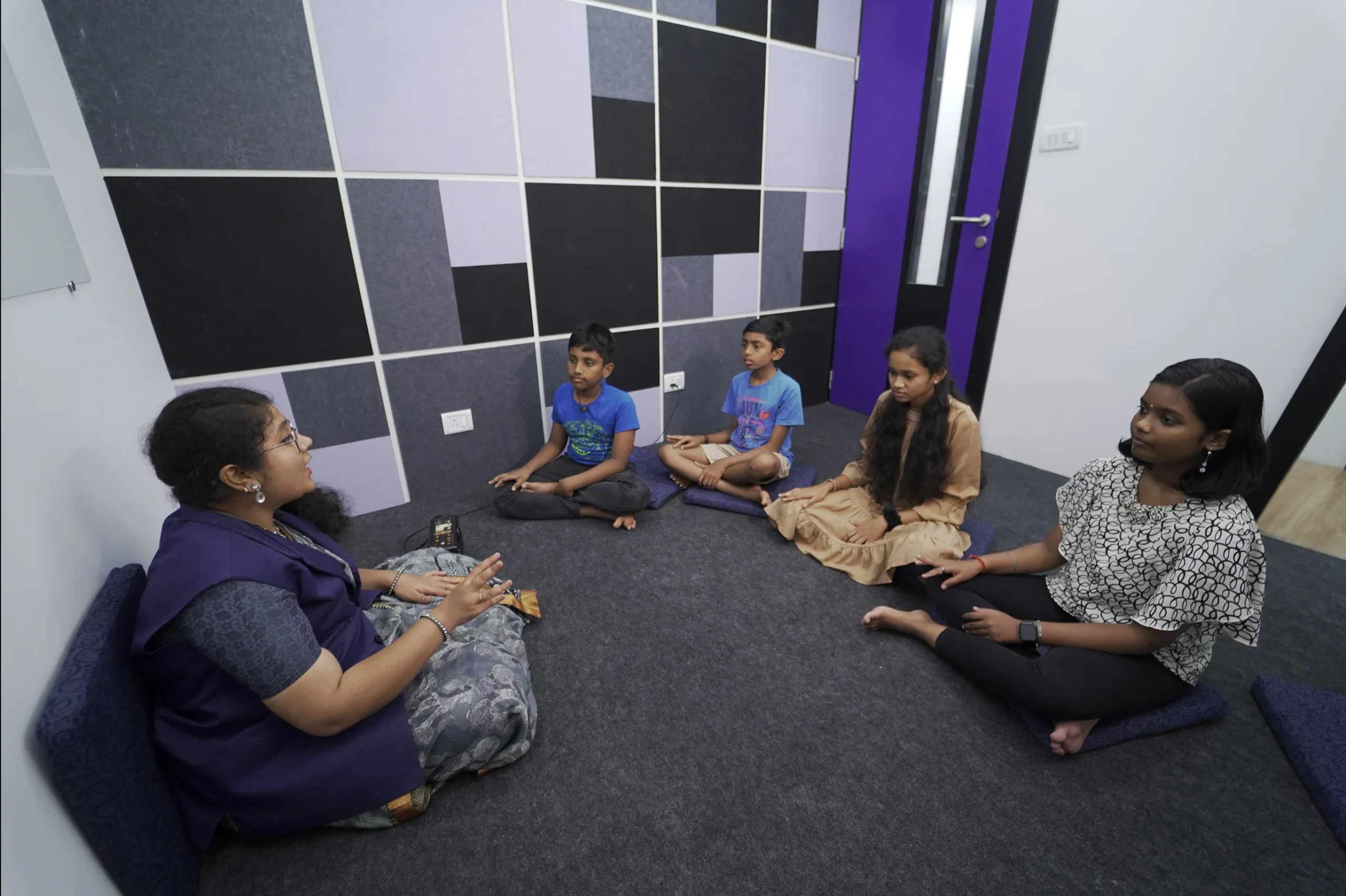
Theka as Tala in Hindustani Music
In the khayal and thumri performance genres, which are the core of current-day popular Hindustani Classical Music, Theka-s take on the role of Tala-s, unlike in the Carnatic system. But in the more archaic Dhrupad system of Hindustani Music and Carnatic Music, marking Tala by the hand is the performance practice and an integral part of training from the word go.
It must be mentioned, however, that in the exacting training systems of the Hindustani music khayal gharanas by great performers, students of Khayal are taught not only to mark the tala with their hands, irrespective of the presence or absence of percussion accompaniment, but are also taught to play the tabla.
IN THE AUTHENTIC GHARANA SYSTEM, STUDENTS ARE TRAINED TO PRACTICE COMPOSITIONS WHILE PLAYING THE THEKA ON A PERCUSSION INSTRUMENT.
Let’s now look at another Tala. Teental, which has 16 units, is the most popular Tala in Hindustani Music. This Tala has four sections (called vibhaga-s or Khand-s) of four units (percussion syllables) each. Dha Dhin Dhin Dha, Dha Dhin Dhin Dha, Dha Thin Thin Tha, Tha Dhin Dhin Dha. (If the Tala is demarcated by the hand, only the four vibhaga-s will be marked as follows :
1 Beat 2 Beat 3 Wave 4 beat
Theka as Groove and Theka as Tala
Let us first experience how Theka plays a role in giving the resonant energy to the rhythm in the music. We will listen to a variety of Hindustani classical music pieces – both instrumental and vocal. In these fast pieces, the Theka, while serving as a time-keeper and coordinator for the brilliant improvisation, can be experienced as a groove.
Ustad Amjad Ali Khan ->
Ustad Vilayet Khan – Sitar ->
Now the same tala and Theka is stretched out into its Vilambit (slow) version. In this mode, the Theka no longer gives us the feel of a groove. It becomes a mode of marking the tala through the syllables of the Theka rather than actions of the hand.
Smt. Kishori Amonkar ->
Pt. Ravi Shankar ->
However, you will also notice that the percussionist does not only mark the Theka. He embellishes the flow of the Theka with innumerable, delectable percussion phrases that give us a composite experience along with the music of the main performer. In the case of Carnatic music, you can see how the percussion accompanist (mridangam, along with a ghatam and/or kanjira in some cases) embellishes the tala cycle with innumerable creative percussion phrases.
In Carnatic music, you will also notice interestingly that the accompanist often fills the spaces in the Tala with what sounds like a fast Theka. Listen to a rendition of a composition in Adi Thalam by Sh.Sanjay Subramanian. In this video you can easily see the vocalist marking the 8 units of the Tala with his hands, and how the percussionist is filling up each of the 8 spaces with patterns that are very similar to a Theka. In fact, in Carnatic music terminology, this particular embellishment is called a ‘teka’.
So this underscores the fact that a song needs a groove as a foil to give a composite experience of melody and rhythm. The Carnatic and Hindustani Music Tala Systems will be discussed in detail in different articles.
Syncopation Skills
Rhythmic Improvisation in Indian Music is based on three skill sets of the musician:
- The ability to improvise by departing from the composition that is fixed in the Tala structure, and returning to it with ease and precision. (This is the fundamental skill that is inculcated in students of classical music).
- Mathematical computation skills and
- Syncopation skills
Syncopation skill is the ability of a musician to sing or play at a tempo or pulse that is at variance with a tempo or pulse in the Tala or percussion. For example, the percussion is flowing in pulses of 4 and the singer is belting out taans or swara-s in clusters of three or five notes, in the same tempo.
Another type of syncopation would be where the pulses of the percussion and the vocalist or instrumentalist are in contrasting tempi. This type of syncopation is actually the one that genuinely qualifies for the term ‘Layakari’. Let us go back to the lecture demonstration by Pt. Ravi Shankar and Ustad Allah Rakha.
It is a rare opportunity for us to see Pt. Ravi Shankar marking Jhaptal of 10 units with his hands and Ustad Allah Rakha flying off into cascades of improvisation, often in contrasting tempi. (Note : While Jhaptal is a 10 unit cycle, only 6 hand actions, each marking 1 or 2 time units, are used to delineate it : 2+1+2+2+1+2 = 10.)
Listen to a concert piece in Jhaptal. The main instrument is the Santoor, played by Pt. Shivkumar Sharma. The main artist and percussionist take turns in marking the Tala and improvising, as you will see. When the Santoor maestro improvises, the Tabla maestro plays the Theka. When the Tabla maestro improvises, the Santoor maestro plays the composition as a Tala marker. Both maestros infuse a number of variations that are in tempi contrasting to the pulse of the Theka. Pt. Shivkumar Sharma was a master percussionist too. His concerts, while utterly melodious and aesthetic, were replete with brilliant rhythmic syncopation. This concerto in the Raga Bhimpalasi is a wonderful tapestry of melodic and rhythmic improvisation that is ultimately so musical and alluring.
Pt. Shivkumar Sharma ->
Tala Vadya Kutcheri
Rhythmic improvisation in Indian Music is a master science. Subsequent articles by different experts will expound on different techniques, methods, and styles.
The piece de resistance of Indian percussion art is the Tala Vadya Kutcheri. Originally a feature of Carnatic Music, today Jugalbandi-s between Hindustani and Carnatic artists have become popular. Listen to a percussion concerto by artists from both systems. In this performance one can witness the entire gamut of the genius of Indian Rhythm – from the language of percussion to the magical mathematics and aesthetics of improvisation within the confines of the Tala canvas.
Summary
The Art and Science of Rhythm of India, the most evolved system in the world, which finds its most crystalline development in our Indian Classical Music systems, carries within it the seed of primordial rhythmic, metrical, cyclical and mathematical senses that are embedded in the human DNA.
As students of music, we need to connect to those senses within us :
- the basic sense of regular rhythm
- the sense of rhythmic patterns
- from there to the rhythmic groove, the Theka
- which finally evolved into the Tala, the cyclical framework that became the edifice of rhythmic mathematics.
The unique contribution of India to the world of drumming is the language of percussion.
A student of music who aspires to develop into a complete musician, needs to understand and relate to Theka, Tala and Percussion, to be able to develop and strengthen the inner rhythmic core. Developing Theka sense or the sense of pulse and metre, is as critical, in my experience, as developing command over keeping track of Tala with our hands, and in mental calculations. The student should acquire knowledge of arithmetical computations and jugglery that are possible within Tala frameworks in composition, and more significantly, in improvisation.Guru-s have always advised that vocal music students need to learn one instrument and instrumental music students definitely need to learn vocal music. (I will build on this in another article.) Students of music should additionally, and definitely, learn to play a percussion instrument, and acquire at least basic command over phonemes, phrases and compositional motifs, techniques of improvisation and arithmetical computation.

